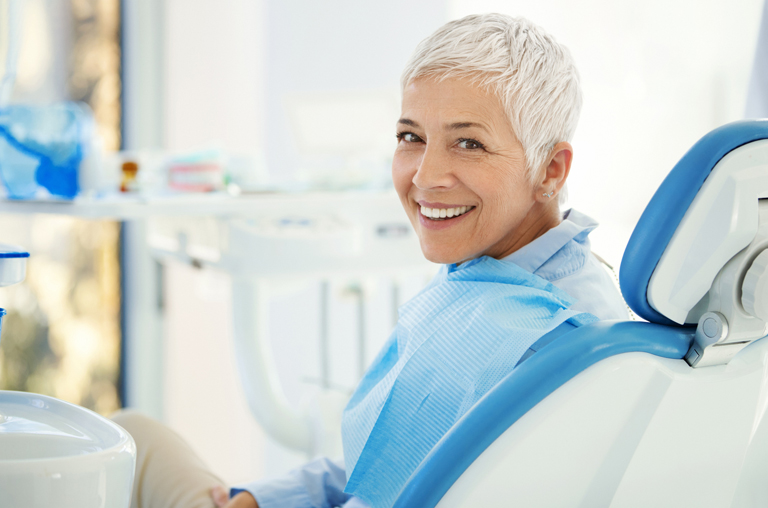Harpenden Dentist - Wayside Dental Practice
11, Apr 2024
Why use lasers for surgery?
At Wayside, we use dental lasers in many of our treatments as they are incredibly gentle, reduce inflammation and encourage healing. We often get asked “are dental lasers safe?” and the simple answer is we consider patient safety our number one priority. So it’s a resounding YES! We’ve been using dental lasers successfully for many years and offer it to our patients in Harpenden, St Albans, across Hertfordshire and even for our overseas patients who come to see us especially for laser dental treatment.
We use them for surgical procedures as they:
- Gently ablate and melt away the tissue, rather than having to use a scalpel. The Waterlase laser is so called as it energises water. This means the water in your target cells superheats and this causes them to gently melt.
- With a laser, the zone of necrosis (which is cell damage around the incision) is much less than with a scalpel, so less damage is caused and the body doesn’t have as much healing to do.
- This coupled with the healing effect of the light energy, means there is often little, if any inflammation.
- Lasers allow us to be more precise and minimally invasive as the cutting motion is more controlled than with a scalpel.
- We can see what we are doing as the wound coagulates as we cut, so the area stays clean.
What dental surgical procedures do you use lasers for?
- Surgical Extractions. The Waterlase laser is used so we can extract teeth with minimal discomfort and faster healing but crucially, to preserve bone and therefore the tissue around it so any restoration (crown) looks like it is naturally emerging from the gum. We use the Waterlase laser to gently tease the tooth from the surrounding tissues, without compromising the bone around it. We can also use it on enamel (because as well as exciting water, it excites hydroxyapatite which is what teeth are made up of), to take bits away to help with its removal.
Using the laser causes so much less trauma to surrounding bone which makes it more comfortable for you, but also preserves more bone which you need for facial structure and if dental implants are under consideration. We also use the laser to effectively remove granulation tissue which could otherwise lead to infection, and then use to it encourage blood to perfuse the area to bring with it all its healing properties. The laser light itself helps re-energise stressed cells and encourages healing cells to migrate to the area.
- Gum Contouring. The Waterlase is the ideal tool for this- it is like drawing with a very sharp pencil rather than a thick crayon. The laser causes the tissue to vasoconstrict, so the area is clean and visible. The dental laser minimises trauma and encourages faster healing for gum contouring.
- Periodontal Surgery. The Waterlase is so good for periodontal (Gum Disease) surgery. You can use it instead of a scalpel, (scalpel cuts kill lots of cells either side of the blade and start inflammation in the tissues as well as bleeding). Waterlase kills very few cells even when we are cutting tissue as it is so cooling and precise, it has a healing effect too and is anti-inflammatory. There is little to no bleeding, so we can see clearly. What it does kill though is bacteria and viruses making the operation site clean and healthy, leading to very fast healing with much less inflammation and pain than conventional treatment. In the US a laser is the tool of choice for periodontists and it will eventually be the same here too.
- Dental Implants. We use the laser to make a tiny incision so that no stitches are required after surgery, to prepare the socket by sterilising it and encouraging blood flow. After surgery we use a diode laser for healing. By far the majority of our implant patients report very little pain or inflammation following implant surgery.
- Removal of lumps and bumps. Some patients get small lumps in their lips or gums. The Waterlase is an excellent tool to remove these for all the reasons above. It is so precise and clean that damage to any surrounding tissue is minimised, and therefore scarring, and healing is accelerated.
 For more information watch our videos on Waterlase Dental Lasers and Biolase
We are often asked by other dentists why we use lasers. We now reply asking why they aren’t using them!
If you want to find out more, book a consultation with one of our dentists….
